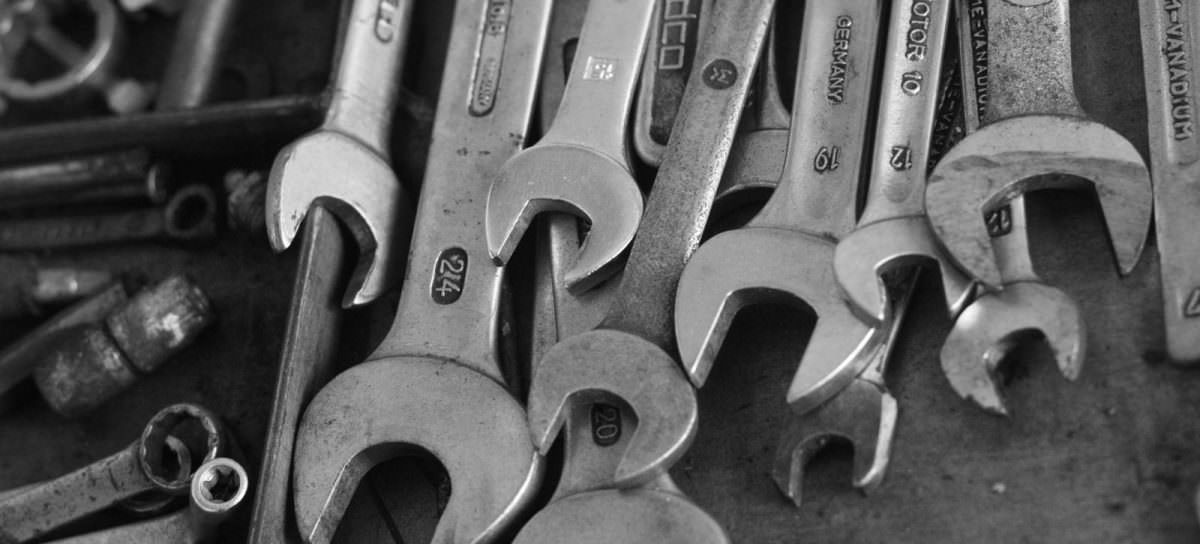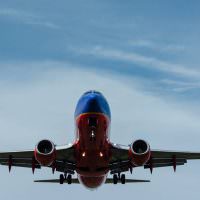It’s understandable for a passenger to question how the plane they are flying on is being maintained since the only time most people even get close to an airplane is when they are a passenger. Fortunately, for people with a fear of flying, there are plenty of reasons to feel confident that airlines and the airplanes they operate are being held to the highest standard of safety. In keeping with the airlines’ overwhelming emphasis on safety, airplane maintenance has many protective layers to ensure that each and every flight is always as safe as possible.
Modern airliners are designed and built to be highly reliable with multiple backup systems. As part of that process it typically takes about a decade to get a plane from the drawing board into service because of all the safety requirements and testing. The maintenance programs at airlines undergo a similar development process and are structured to ensure that every single part on an airplane is always working properly. As such, every aspect of airline maintenance is comprehensive and is developed in coordination with teams of engineers, lawyers, and a host of specialists at both the manufacturer and the airline. Even then, all of the resulting guidelines, procedures, and manuals must then be reviewed and approved by aviation experts within the federal government. This undertaking can also take years to achieve.
Every aspect of airline maintenance is comprehensive and is developed in coordination with teams of engineers, lawyers, and a host of specialists at both the manufacturer and the airline.
All that sounds nice, but what exactly does that mean for you the passenger? Basically, every airline has a small army of mechanics spread out across the country who are highly trained, and possess an in-depth knowledge of every single airplane system and part. These highly-skilled professionals carry out inspections at specified intervals and perform preventative maintenance as well as repairs. This means that each airplane is inspected by mechanics at least once a day (usually multiple times), in addition to the pilots before each and every flight.
Overall, the types of inspections vary, with one end of the spectrum being daily or weekly detailed checks of certain components and systems, and the other end including more comprehensive checks that involve the almost complete disassembly of the entire airplane (this occurs about every six years, so that every single part can be individually inspected and replaced if necessary). Sound like a lot of work? American Airlines for example, has said that it performs eleven man-hours of maintenance on a given plane for every hour of flight time! If only your car got that kind of specialized attention. In addition, all the work that these mechanics do has to be properly documented and is closely monitored by the government. The Federal Aviation Administration (FAA), which is responsible for oversight, has the power to impose significant penalties for maintenance violations and even ground an entire airline if all airplanes are not held to the highest safety standards.
So there’s no reason to be afraid to fly because the airliner you are riding on is incredibly well maintained. As airline pilot myself, I can assure you that the plane you are riding on has probably been individually inspected by mechanics and pilots somewhere between five and ten times in the 24 hours leading up to your flight. Just imagine how long your car would last if it was maintained like a commercial airliner. There is probably no other type of vehicle or mode of transportation in the world that is inspected as often or with as high of standards as a commercial aircraft. And that is one of the reasons why air travel remains one of the absolute safest forms of transportation on the planet.






